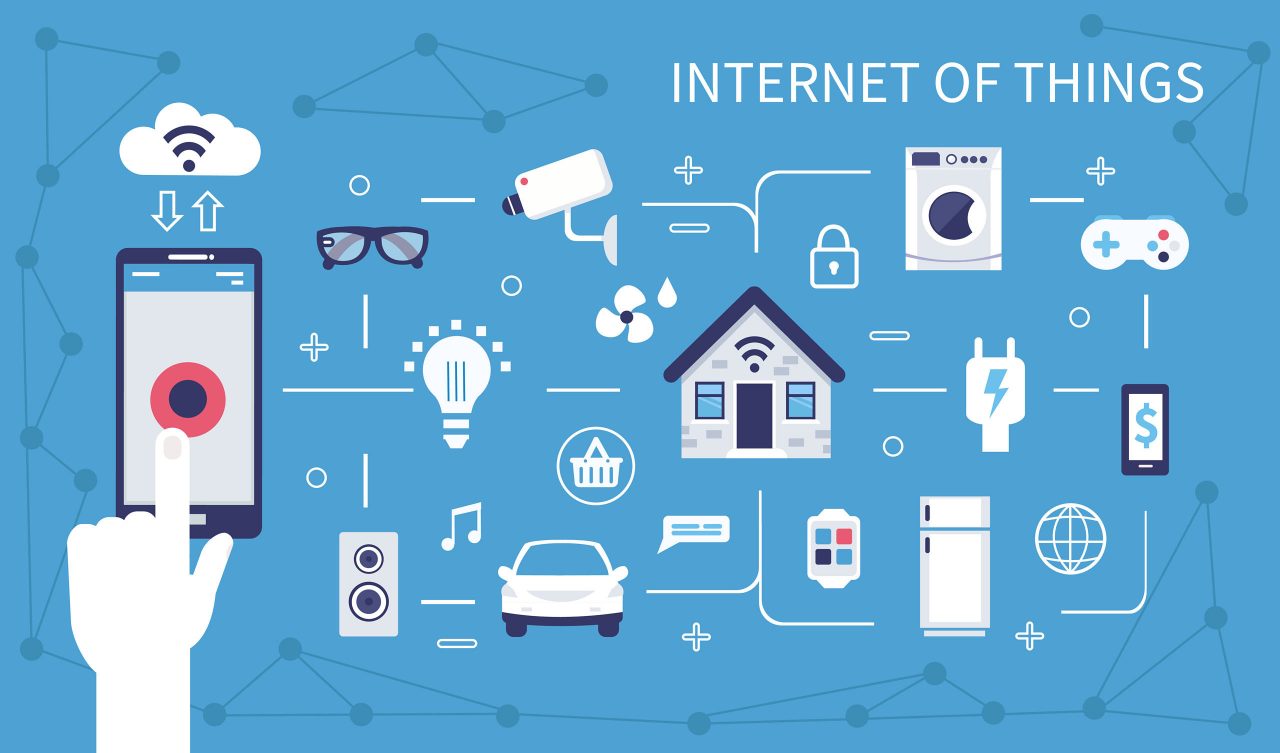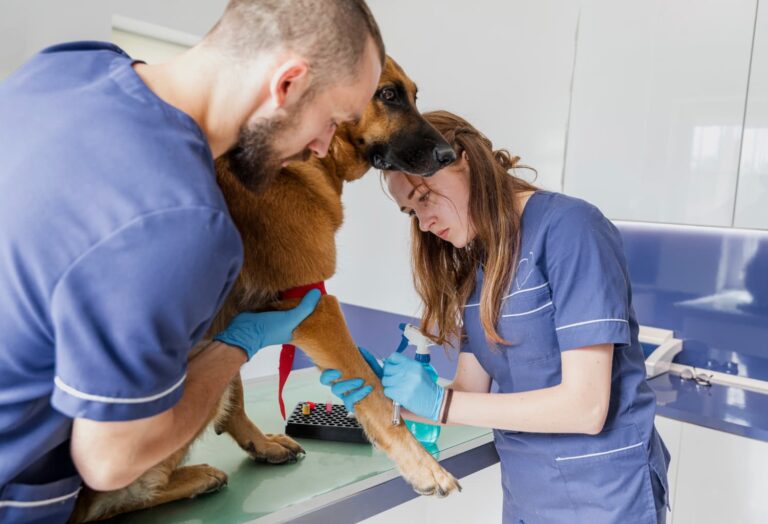What is the internet of things

Contenidos
What is the internet of things
Disadvantages of the internet of things
With 60% of the world’s population connected to the Internet, we live in the age of interconnection, and it is rare to see people who do not have at least one smartphone or Internet at home. So much so, that a trend called “the Internet of things” has been created oriented precisely to this, and it is precisely what we are going to talk about today in this article, since as it is a non-tangible concept there are people who do not understand what it is concretely.
When we talk about the Internet, what we are talking about is the interconnection network between different computers in the world. Well, the so-called Internet of Things is nothing more than a network of digital interconnection between devices, people and the Internet itself that enables the exchange of data between them, allowing key information about the use and performance of devices and objects to be captured in order to detect patterns, make recommendations, improve efficiency and create better experiences for users.
Internet of things examples
It constitutes a radical change in the quality of life of people in society, offering a wealth of new opportunities for access to data, specific services in education, security, healthcare and transportation, among other fields.
The concept of the Internet of Things was proposed in 1999, by Kevin Ashton, at the MIT Auto-ID Center,[7] where research was being conducted in the field of networked radio frequency identification (RFID) and sensor technologies.[8] For example, if books, thermometers and other devices were to be used in the Internet of Things (IoT), they would have to be connected to the Internet of Things (IoT).
For example, if books, thermostats, refrigerators, parcels, lamps, medicine cabinets, automotive parts, among others, were connected to the Internet and equipped with identification devices, there would, in theory, be no out-of-stock items or expired medicines; we would know exactly the location, how they are consumed in the world; misplacement would become a thing of the past; and we would know what is on and what is off at all times.[9]
As of the date of this article, the term internet of things is used with a denotation of advanced connection of devices, systems and services that goes beyond traditional M2M (machine-to-machine) and encompasses a wide variety of protocols, domains and applications. [17][19]
Internet of things advantages and disadvantages
Read how event stream processing technology identifies patterns in data streams as events occur – so you can use real-time streaming data from the IoT to make automated, fact-based decisions.
Many industries use IoT to understand consumer needs in real time, become more responsive, improve the quality of machines and systems instantly, optimize operations, and discover innovative ways of operating as part of their digital transformation efforts.
Artificial intelligence. Artificial intelligence can multiply the value of IoT by using all the data from connected smart devices to promote learning and collective intelligence. Some of the core techniques that artificial intelligence employs are machine learning, deep learning, natural language processing and computer vision.
What is the internet?
It constitutes a radical change in the quality of life of people in society, offering a wealth of new opportunities for access to data, specific services in education, security, healthcare and transportation, among other fields.
The concept of the Internet of Things was proposed in 1999, by Kevin Ashton, at the MIT Auto-ID Center,[7] where research was being conducted in the field of networked radio frequency identification (RFID) and sensor technologies.[8] For example, if books, thermometers and other devices were to be used in the Internet of Things (IoT), they would have to be connected to the Internet of Things (IoT).
For example, if books, thermostats, refrigerators, parcels, lamps, medicine cabinets, automotive parts, among others, were connected to the Internet and equipped with identification devices, there would, in theory, be no out-of-stock items or expired medicines; we would know exactly the location, how they are consumed in the world; misplacement would become a thing of the past; and we would know what is on and what is off at all times.[9]
As of the date of this article, the term internet of things is used with a denotation of advanced connection of devices, systems and services that goes beyond traditional M2M (machine-to-machine) and encompasses a wide variety of protocols, domains and applications. [17][19]
Relacionados






